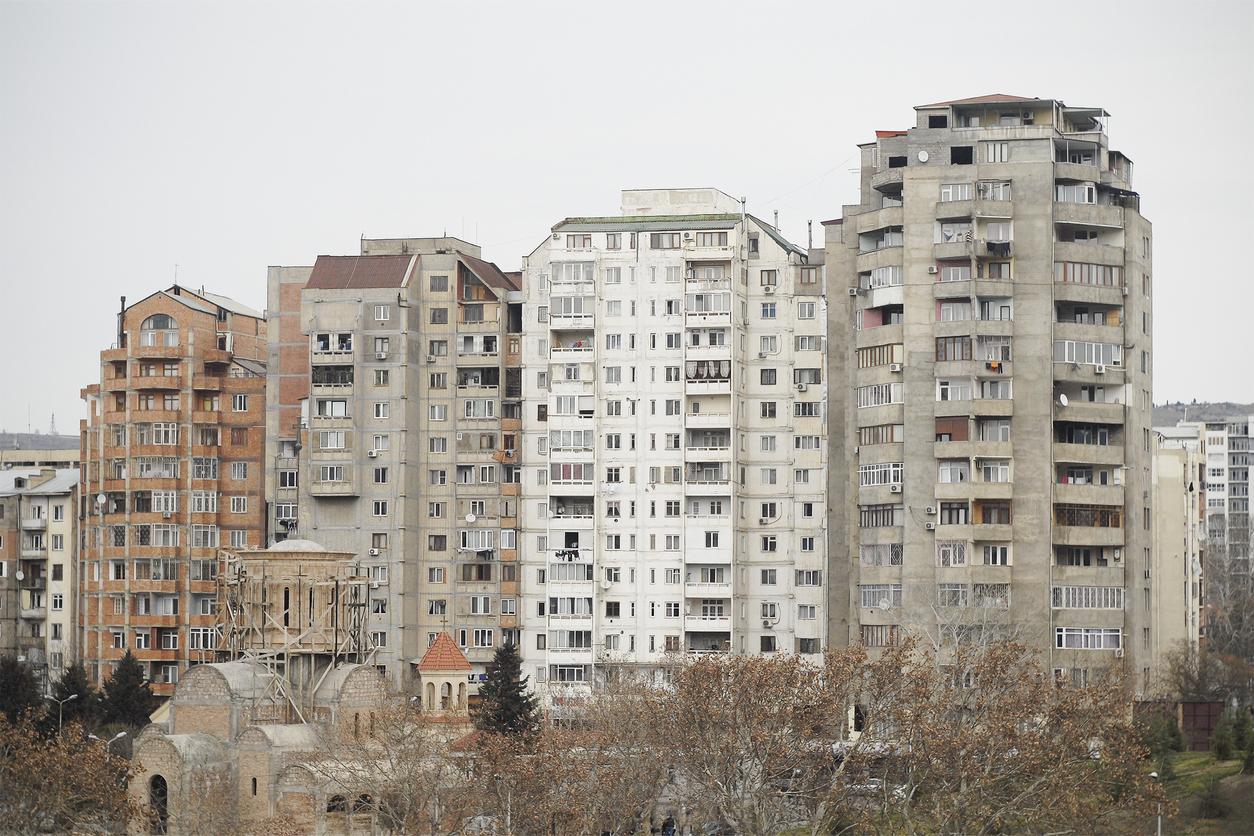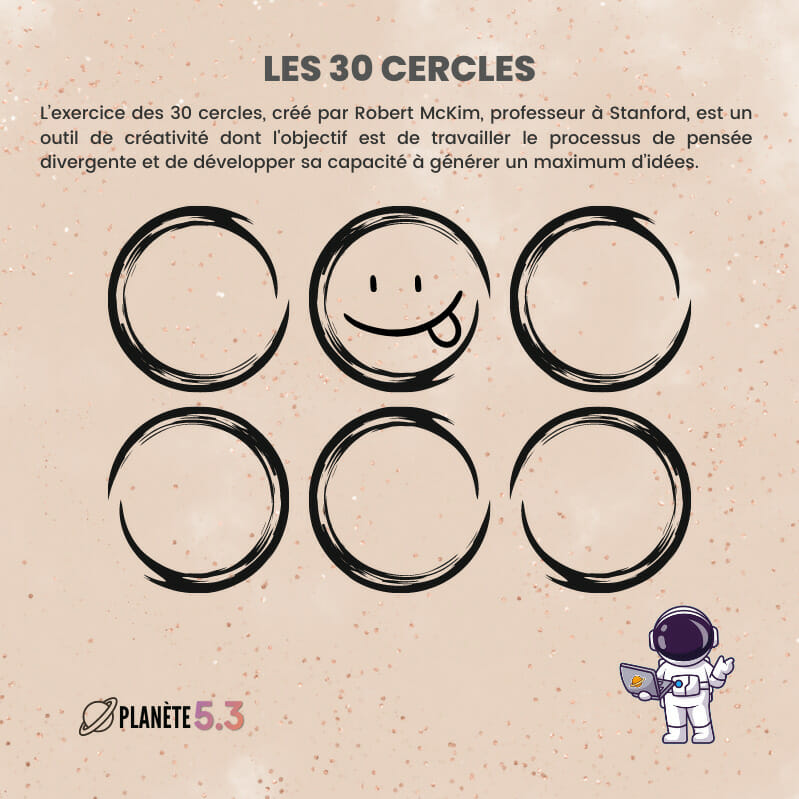Neuroarchitecture – a new branch of neuroscience – studies the impact of cities and buildings on brain health, and is beginning to inspire architects.

- In the 20th century, American writer and activist Jane Jacobs and Danish architect Jan Gehl put forward a similar idea: the architecture of a city or building impacts the health of its inhabitants.
- Neuroarchitecture studies the link between urban planning and brain health.
- According to researchers, there is a direct link between the appearance of a building and health.
Unsightly concrete buildings, austere industrial zones, deserted and lifeless streets… “Ugly” cities are not just an eyesore, they are also bad for your health.
It must be recognized that this hypothesis, coming largely from the work of the American writer and activist Jane Jacobs or even that of the Danish architect Jan Gehl, did not have a huge resonance among urban planners when it first appeared. during the second half of the 20th century. But, today, it has been emulated. It is even at the origin of a new field of neuroscience called neuroarchitecture, as reported in the American journal Wired in an article published on January 2, 2025.
“Bad” architecture negatively impacts health and the brain
In recent years, neuroarchitecture has made significant advances regarding the impact of urban planning on the brain thanks to new technologies. Researchers have, among other things, been able to carry out precise brain mapping and behavioral studies using connected devices that measure the body’s responses in real conditions. This allowed scientists to provide tangible scientific data that was previously missing.
Several experiments have been launched. For example, Colin Ellard, director of the Urban Realities Laboratory at the University of Waterloo (Canada), has been conducting an international study since 2024 on people’s psychological responses to different building facades, in collaboration with Humanize Campaign. At the same time, work at the University of Cambridge was carried out to determine whether the appearance of a building could lead to neuroinflammation. The elements gathered during this research reveal a link between the appearance of a building and health.
The EU, for its part, supports the eMOTIONAL Cities project conducted in Lisbon (Portugal), London (United Kingdom), Copenhagen (Denmark) and several cities in Michigan (United States). The objective is to map the neurobiological reactivity of residents to “promote more inclusive urban design resulting in better health and individual well-being”.
Scientific work that inspires architects
All of this research into city design and the impact on health is starting to bear fruit. Several architectural firms use this data when developing projects.
For example, the Danish firm NORD Architects designed an Alzheimer’s village in Dax, drawing inspiration from information collected on cognitive decline. He thus imagined a retirement home which imitates the layout of a fortified medieval bastide. “The idea was to create a design that is familiar and comforting to many residents whose orientation skills have weakened with age”explains the newspaper Wired.















